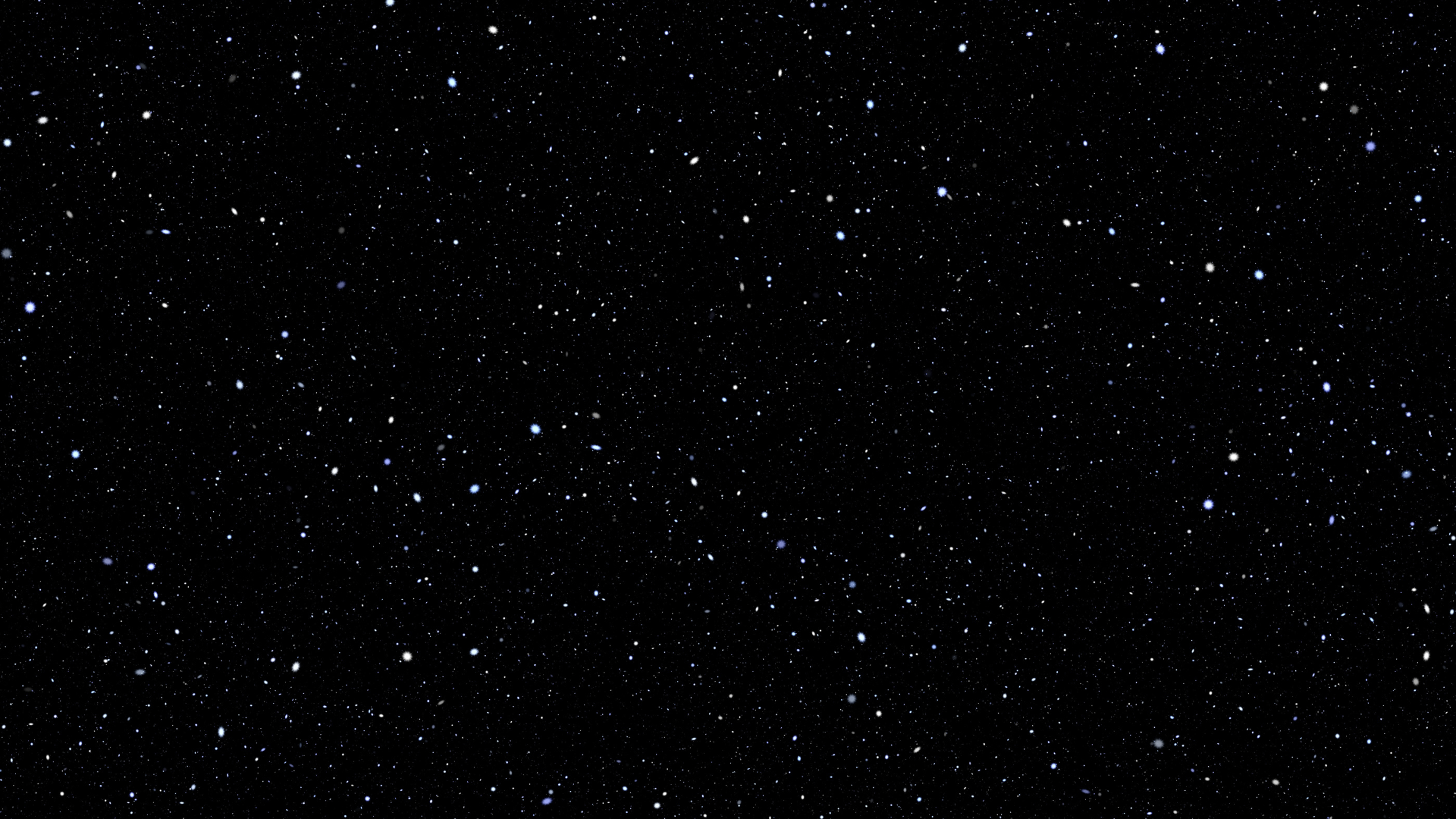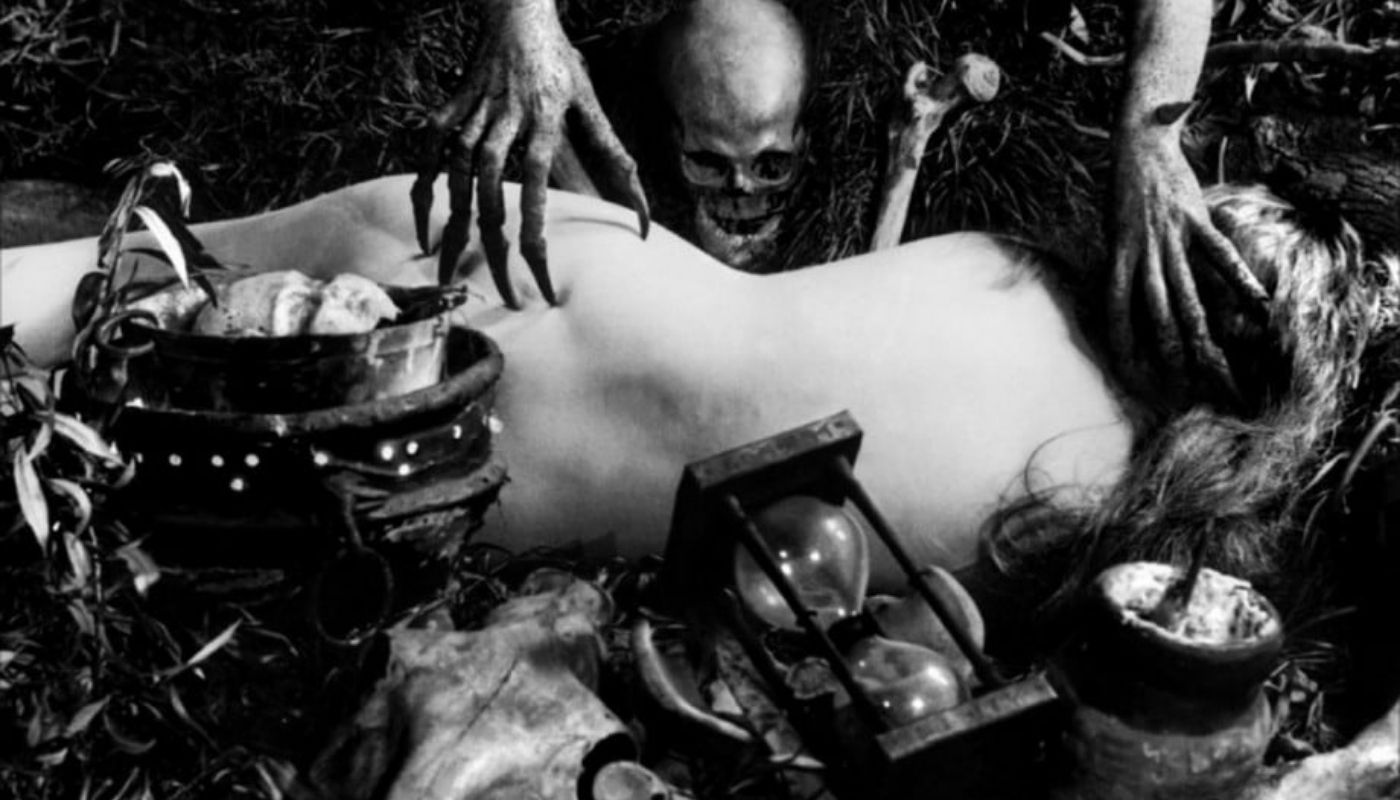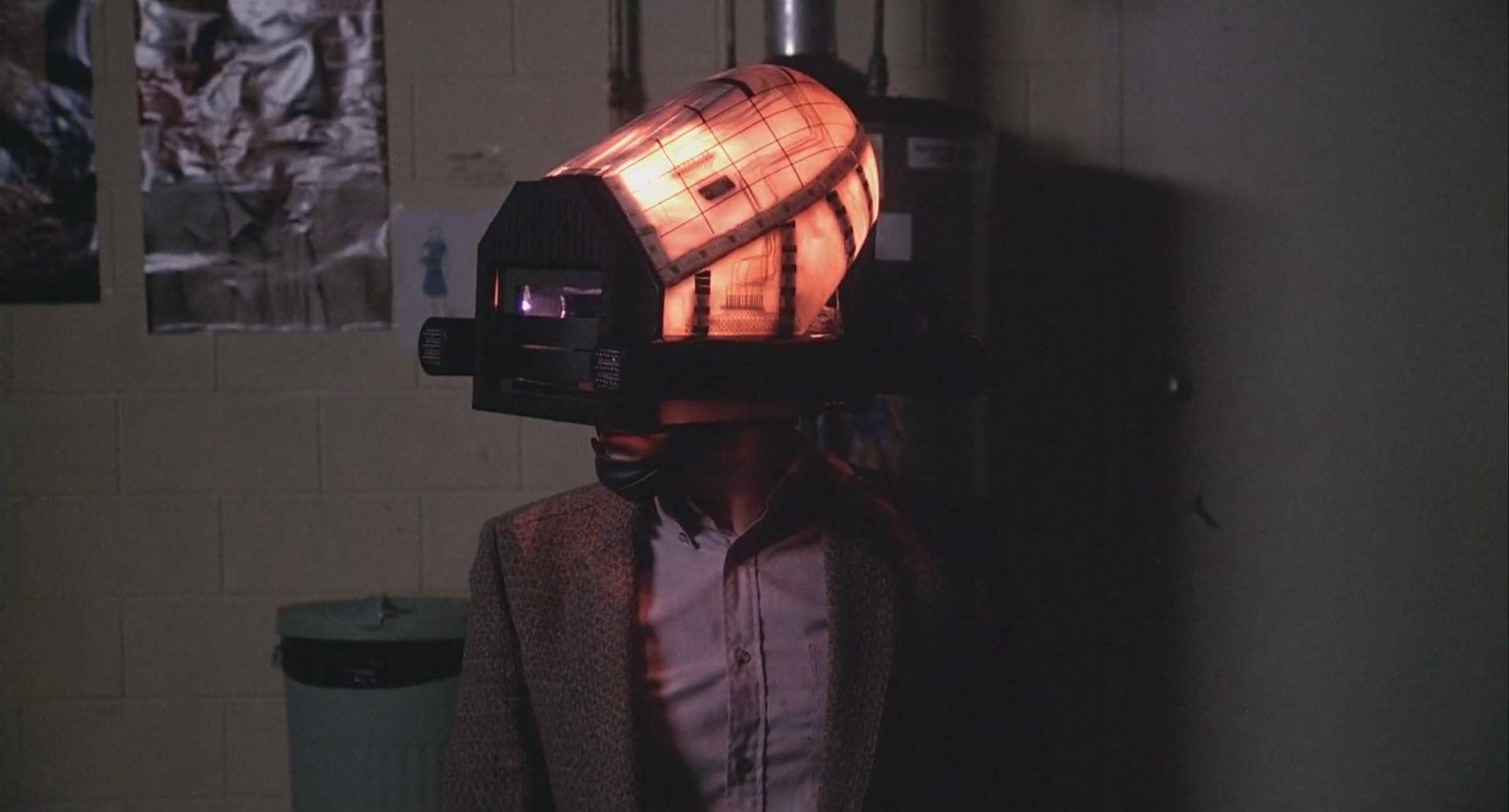Written and directed by Benjamin Christensen, Häxan / Witchcraft Through the Ages (1922) constitutes a mix of documentary style storytelling, essay film aspects, and gothic horror. Blurring the lines between real historical facts and fabricated narratives, Häxan provides an intriguing, partly fictionalised and dramatised depiction of witchcraft through history. Concerned with socio-cultural, ideological, political, medical, and religious frameworks, the film supports the idea that the mass hysteria associated with witch hunts and Satanic possession during the medieval era can be attributed to misconceptions regarding mental disorders. An exploration of myth and religion at the crossroads between the hallucinatory and the real, the film features macabre images of torture, sacrifice, and satanic rituals. “Chronologically specific and anachronistically out-of-joint” (Doty and Ingham 2014), Häxan provides modernised re-enactments of the medieval phenomenon of witch hunts, whilst conflating different time periods in its unique approach. The witches include “unhinged” nuns, widows, and temptresses. In some cultures, pregnancy and menstruation were associated with witchcraft and magical powers, reinforcing the process of viewing femininity as the ‘other’. These mystical powers were thought to have a dual nature, with the capacity of being both nurturing and destructive. The underlying film commentary regarding religion is compatible with the medical discourses focusing on the reasons why certain individuals are drawn towards mysticism and the occult or experience the presence of unknown forces. The sequences including the figure of the stereotypical broomstick-riding witch and the portrayal of grotesque devils, demonic orgies, and other hellish motifs, reveal a glimpse into the irrational mindset of those influenced by fear-instilling, religious superstitions.
Tag: uncanny horror films
Lurid Cult Horror Films – Fascination, The Beyond, and Videodrome
Fascination (1979), dir. by Jean Rollin, is an artful, aesthetically-pleasing erotic Gothic horror film situated between arthouse and grindhouse. Rollin tends to be associated with the sexploitation genre, whilst being recognised for the surreal dark fantasy style of his lyrical, tantalising, elegant, and atmospheric films which merge sensuality with visual poetry.
Fascination’s opening scene takes place in 1905 in an abattoir where seemingly ordinary French women drink ox blood, considered a cure for anaemia at the time. Despite this bizarre moment and the fact that, as one of the ethereal vampire girls picks up a scythe, the film appears to progress into the slasher realm, Fascination is soft compared to other gore films, and not as surreal or bewildering as other Rollin films. The little gore that appears in the film is almost elegantly depicted.
Fascination is shot in a ghostly sinister castle surrounded by mist and emptiness. A thief ends up hiding in the chateau, where he finds two enigmatic nymph-like angelic-looking young women all alone, Eva and Elizabeth. They initially seem to be easy prey, but there is something unsettling about them, and it turns out they are actually part of a cult of aristocratic vampires.





The Beyond (1981) is a surreal cult horror film with Southern Gothic echoes, directed by Lucio Fulci, who is known as “The Godfather of Gore”. When Liza decides to renovate her newly-inherited dilapidated hotel, the activity triggers a series of mysterious deaths. It is revealed that the hotel is built over one of the seven portals to Hell, which was activated by the renovation. The violent darkness of the film unfolds in an unsettling combination of supernatural events, visceral graphic scenes featuring tarantulas and ghastly rotten zombie flesh, and uncanny silhouettes haunting empty houses. Towards the end, the afterlife is painted as an eerie wasteland filled with corpses. The film exhibits a chaotic dreamlike atmosphere mixed with gruesome visuals and otherworldly sounds.


The Uncanny appears in many shapes and forms. Lurid, erotic, provocative, disturbing, hallucinatory, and grotesque are a few words you can use to describe David Cronenberg’s famous body horror film, Videodrome (1983), a sinister commentary on the sadomasochistic consumerist nature of our society & the pervasiveness and intrusiveness of technology. Cronenberg approached this theme in the 80s, yet it becomes increasingly relevant in time. Videodrome is a TV show featuring violent acts of punishment with sexual undertones tailored to an audience belonging to the age of over-stimulation. Marked by his girlfriend’s disappearance after auditioning for the show, Max explores the Videodrome phenomenon, finding out that the line between reality and simulation is blurred. The film ends on a tragic note, including the famous cult line “Death to Videodrome! Long live the new flesh!” uttered repetitively throughout the film like an incantation.




